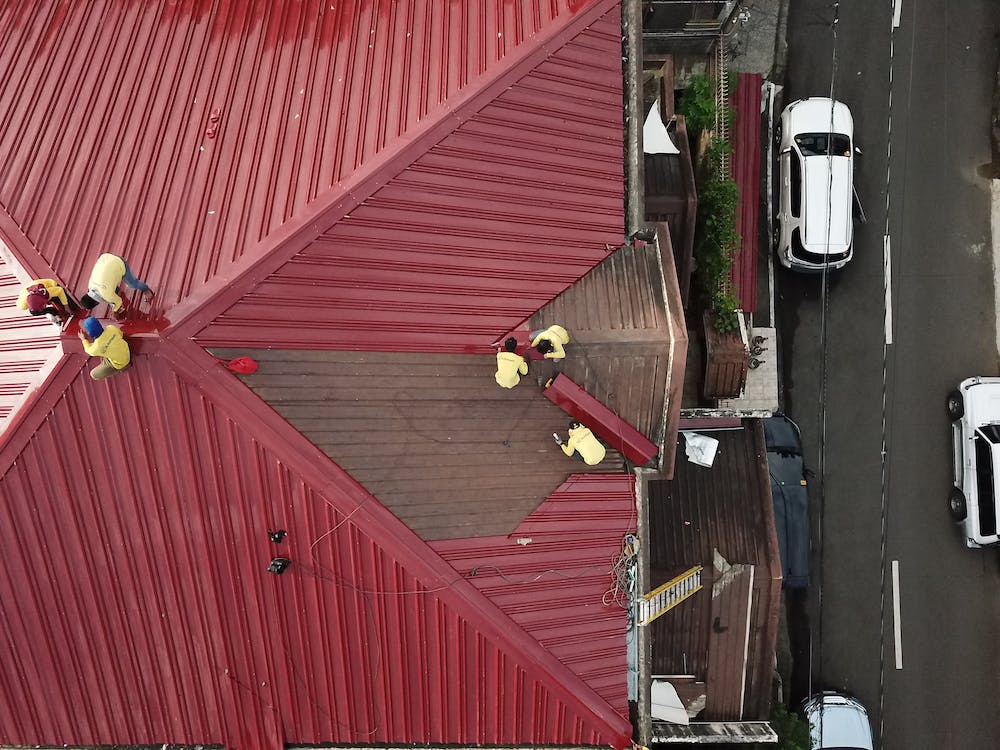Guest Post
DIY Roofing Inspection: Spotting and Fixing Issues Before They Escalate
This article provides a comprehensive guide on how to conduct a DIY roofing inspection, allowing you to spot and address issues before they become significant problems.
The roof is a critical component of your home, acting as the first line of defence against weather elements. Regular inspection can help identify potential issues early on, preventing minor problems from escalating into major, costly repairs. This article provides a comprehensive guide on how to conduct a DIY roofing inspection, allowing you to spot and address issues before they become significant problems.
DIY Roofing Inspection: Spotting and Fixing Issues Before They Escalate

The Importance of Regular Roof Inspections
Regular roof inspections are an essential part of home maintenance. They allow homeowners to:
- Detect early signs of damage, such as curling or missing shingles.
- Identify areas prone to leaks, like cracked caulk or rust spots on flashing.
- Prevent costly repairs by addressing issues at an early stage.
Conducting these inspections at least twice a year, especially after severe weather events, can go a long way in preserving the longevity of your roof. Several signs may indicate that it’s time for an inspection, such as warped or broken shingles, buckling in the roof line, and excessive granules in the gutters.
Safe and Effective Roof Inspection Techniques
Safety should be your top priority when performing a roof inspection. Here are some tips to ensure a safe and effective inspection:
- Let someone know that you’ll be inspecting the roof.
- Use a safety harness to prevent falls.
- Practice ladder safety, ensuring it’s on stable ground and securely leaning against the roof edge.
- Move slowly and carefully on the roof to avoid slipping or damaging the roof surface.
Remember, if your roof is steep or if you’re uncomfortable with heights, it might be best to hire a professional.
Key Areas to Inspect on Your Roof
When inspecting your roof, there are several key areas to focus on:
- Shingles: Look for any that are buckling, curling, blistering, or missing. These can indicate underlying issues that need immediate attention.
- Flashing: Check for cracked caulk or rust spots which can lead to leaks.
- Gutters: Ensure they’re not clogged with leaves or debris and are securely attached to the roof.
- Skylights: Inspect for cracks or leaks, as these may need to be replaced.
By carefully examining these areas, you can identify potential problems and take necessary corrective measures. As an added precaution, you may want to take photos of any damaged areas for future reference.
Identifying and Addressing Common Roofing Problems
Some common roofing problems you might encounter include:
- Loose or missing tiles: These can be replaced or reattached to prevent further damage.
- Damaged flashing: This can be repaired or replaced to prevent water intrusion.
- Clogged gutters: Regular cleaning can ensure proper water drainage.
- Cracked or leaky skylights: These may need professional repair or replacement.
Remember, while minor issues such as small leaks or loose shingles can often be addressed through do-it-yourself methods, more serious problems like major leaks, structural damage, or a complete roof replacement may require professional intervention. It’s in these complex situations that professional roofing services like Mighty Dog Roofing truly shine. Whether it’s routine maintenance, emergency repairs, or a full roof overhaul, don’t hesitate to seek professional expertise to safeguard your home effectively.
Conclusion
In conclusion, conducting regular DIY roof inspections is a proactive approach to home maintenance. It allows you to spot potential issues early on, preventing them from escalating into larger, more costly problems. By focusing on safety and paying close attention to key areas of your roof, you can effectively maintain the health and longevity of this vital component of your home. However, always remember to seek professional help for complex issues or if you’re uncomfortable performing the inspection yourself. After all, your safety and the integrity of your home are paramount.
P.S – This post may contain collaborative links, all views are mine. Thank you for your support :)



























